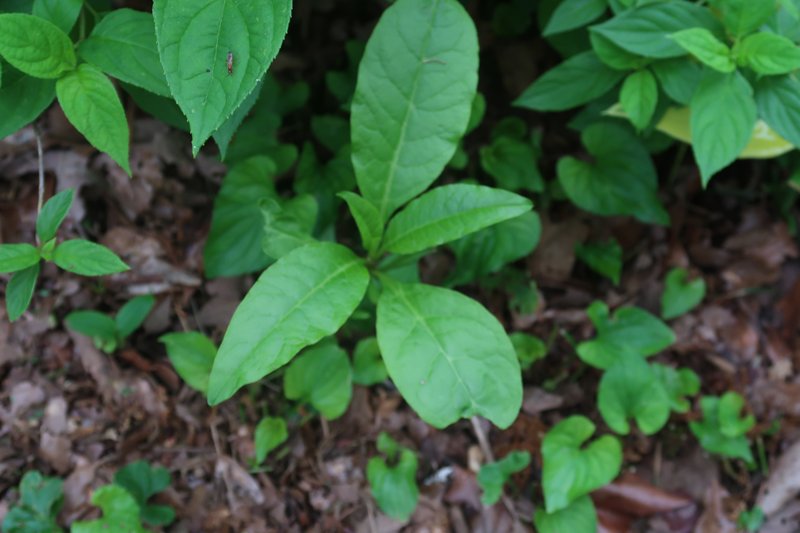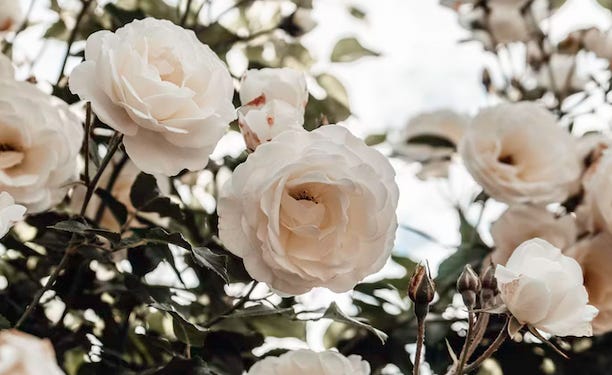Gardening Tips: What Plants Don't Like Epsom Salt and Why
Gardening Tips: What Plants Don't Like Epsom Salt and Why
Blog Article
Learn Regarding the Details Plants That Are Negatively Influenced by Epsom Salt Application
Epsom salt, a preferred home solution for various horticulture problems, is often applauded for its valuable results on plant development. However, not all plants react positively to its application. Understanding the certain plants that can be detrimentally influenced by Epsom salt is essential for any type of gardener looking to enhance their plant care routine. Roses, tomatoes, rhododendrons, peppers, and azaleas are simply a few examples of plants that may not respond well to Epsom salt. The reasons behind these unfavorable impacts and just how to mitigate them are important knowledge for preserving a prospering yard.
Roses

Roses, especially conscious adjustments in their atmosphere, can be negatively influenced by the application of Epsom salt. While Epsom salt is frequently used as a plant food to advertise plant growth and improve flowering, roses are one of the plants that do not respond well to its application. The high magnesium web content in Epsom salt can disrupt the uptake of various other vital nutrients by the rose plants, resulting in shortages that materialize as yellowing fallen leaves or stunted development.

Tomatoes
While Epsom salt is typically proclaimed as a solution for different plant issues, consisting of blossom end rot in tomatoes, its application can lead to damaging results if not made use of deliberately. Excessive Epsom salt, which is magnesium sulfate, can disrupt the fragile nutrient balance needed by tomatoes, potentially leading to shortages in various other necessary nutrients like calcium. When taking into consideration the use of Epsom salt on tomatoes, it is essential to adhere to recommended application prices and soil testing to prevent unexpected consequences on the general health and wellness and efficiency of these beloved garden plants.
Peppers
Peppers, admired for their numerous shades and levels of spiciness, can demonstrate vulnerability to adverse effects from Epsom salt when not applied with treatment and consideration for their certain dietary needs. what plants don't like epsom salt. Peppers, coming from the Solanaceae household, call for a fragile equilibrium of nutrients to grow. While Epsom salt is recognized to boost magnesium degrees in plants, too much application can disrupt this equilibrium, causing adverse results on pepper plants
When peppers are subjected to high degrees of magnesium from Epsom salt, it can hinder the plant's capacity to absorb other crucial nutrients like calcium and potassium. This imbalance may materialize in symptoms such as leaf discoloration, stunted development, and decreased fruit production. Additionally, the image source too much magnesium can modify the soil pH, more aggravating nutrient uptake issues for peppers.

Rhododendrons
Provided the sensitivity of specific plant species to inequalities brought on by Epsom salt, it is important to take into consideration the impact on Rhododendrons, which also call for details nutrient levels to flourish. Rhododendrons are acid-loving plants that like acidic dirt problems with a pH range in between 4.5 and 6.0. Epsom salt, chemically recognized as magnesium sulfate, can modify the dirt pH and interfere with the fragile balance of nutrients essential for Rhododendron health.

To maintain the optimal growth and health of Rhododendrons, it is crucial to stay clear of the unplanned use of Epsom salt and rather concentrate on content providing the details acidic dirt problems and nutrients that these plants require for flourishing.
Azaleas
These preferred flowering plants are commonly located in gardens, landscapes, and parks due to their appeal and convenience. While Epsom salt is typically used as a remedy for magnesium shortage in plants, its application to azaleas can have unfavorable impacts.
Azaleas choose a little acidic dirt problems, and an unwanted of magnesium from Epsom salt can interrupt this equilibrium, leading to nutrient inequalities and potential toxicity problems. The inaccurate application of Epsom salt can result in stunted development, yellowing of fallen leaves, and total decrease in the health of azaleas.
Final Thought
To conclude, it is necessary to be knowledgeable about the certain plants that can be adversely impacted by the application of Epsom salt. Roses, tomatoes, azaleas, peppers, and rhododendrons are some examples of plants that may not profit from Epsom salt and can even experience injury. It is critical Visit This Link to study and understand the requirements of each plant varieties before utilizing Epsom salt as a plant food to guarantee their health and wellness and well-being.
Recognizing the specific plants that can be detrimentally influenced by Epsom salt is essential for any kind of garden enthusiast looking to maximize their plant care regimen. While Epsom salt is frequently used as a fertilizer to advertise plant growth and enhance blooming, roses are one of the plants that do not respond well to its application.Excessive use of Epsom salt can likewise result in an accumulation of salts in the soil, leading to root damage and dehydration of the rose plants. While Epsom salt is understood to enhance magnesium levels in plants, excessive application can interrupt this balance, leading to negative impacts on pepper plants.
The high salt material in Epsom salt can likewise dry out Rhododendron origins, creating more stress and anxiety and damages to the plant. (what plants don't like epsom salt)
Report this page